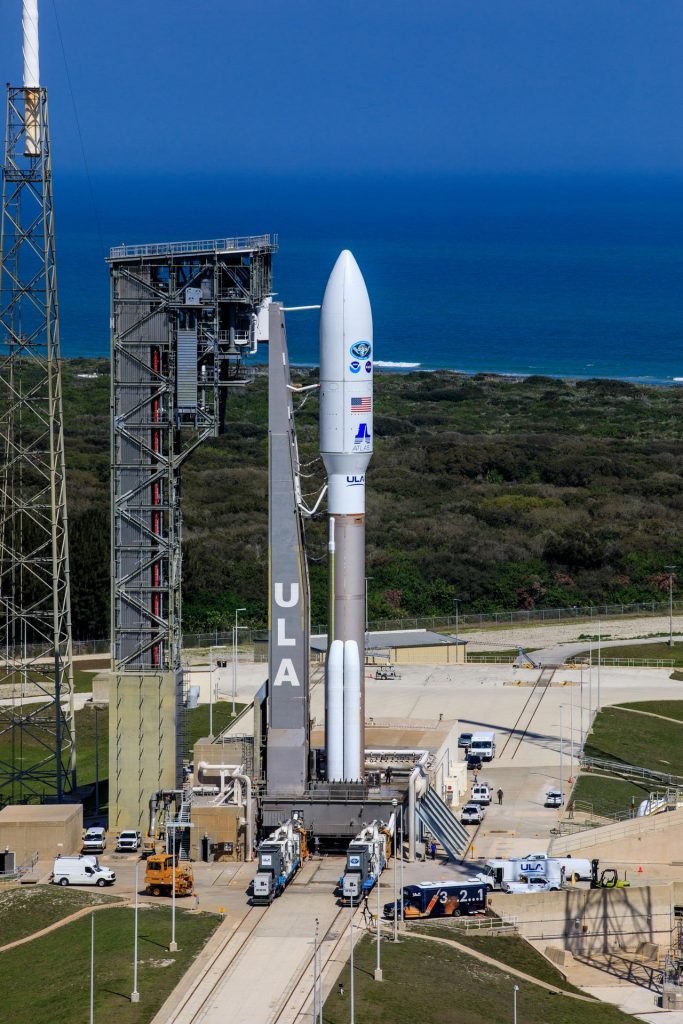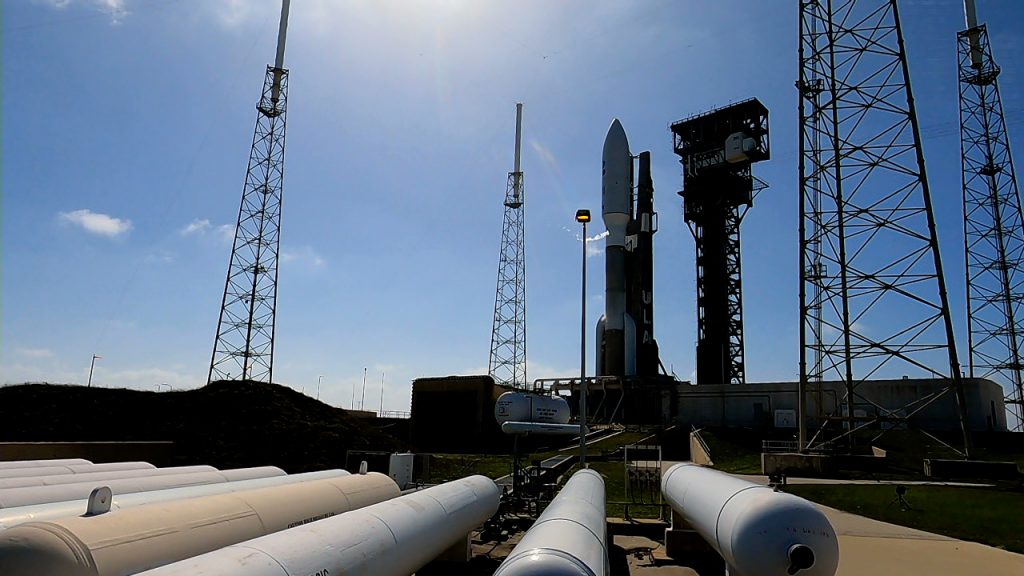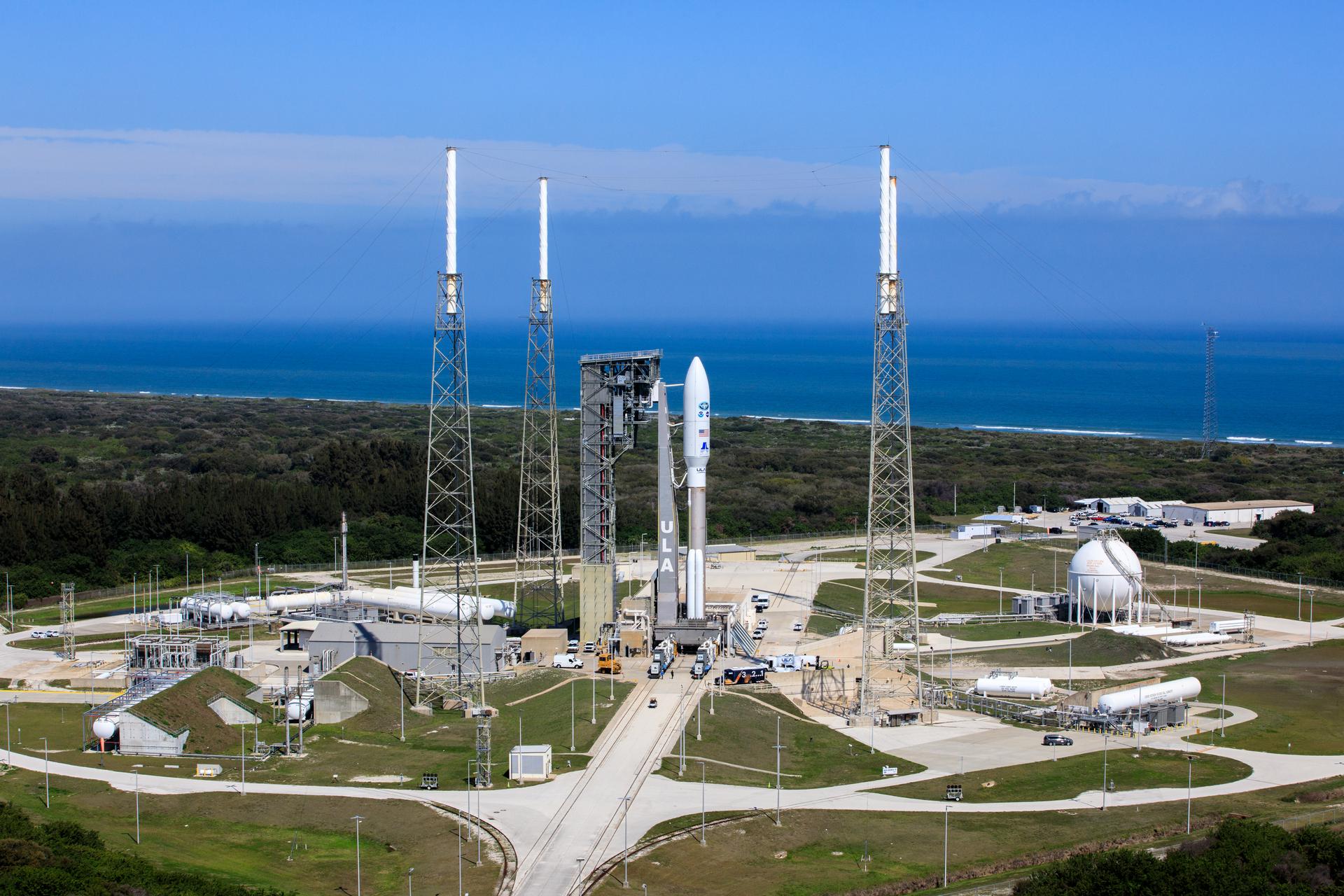
Here is a look at some of the key milestones for today’s GOES-T launch:
Mission Timeline (all times approximate)
LAUNCH AND SPACECRAFT DEPLOYMENT
Time Events
4:38 p.m. EST Launch target (two-hour window)
4:50:04 p.m. Main Engine Cutoff #1 (MECO1)
5:01:20 p.m. Centaur Main Engine Start #2 (MES2)
5:06:57 p.m. Centaur Main Engine Cutoff #2 (MECO2)
8:06:04 p.m. Centaur Main Engine Start #3 (MES3)
8:07:47 p.m. Centaur Main Engine Cutoff #3 (MECO3)
8:32:32 p.m. GOES-T Spacecraft Separation
GOES-T’s launch from Cape Canaveral’s Space Force Station in Florida is now less than an hour away. Coverage of launch day activities will continue here on the blog. Also, tune in to NASA TV, the NASA app, or the agency’s website, starting at 4 p.m. EST for a live broadcast. Liftoff, from Space Launch Complex 41, is targeted for 4:38 p.m. EST.




